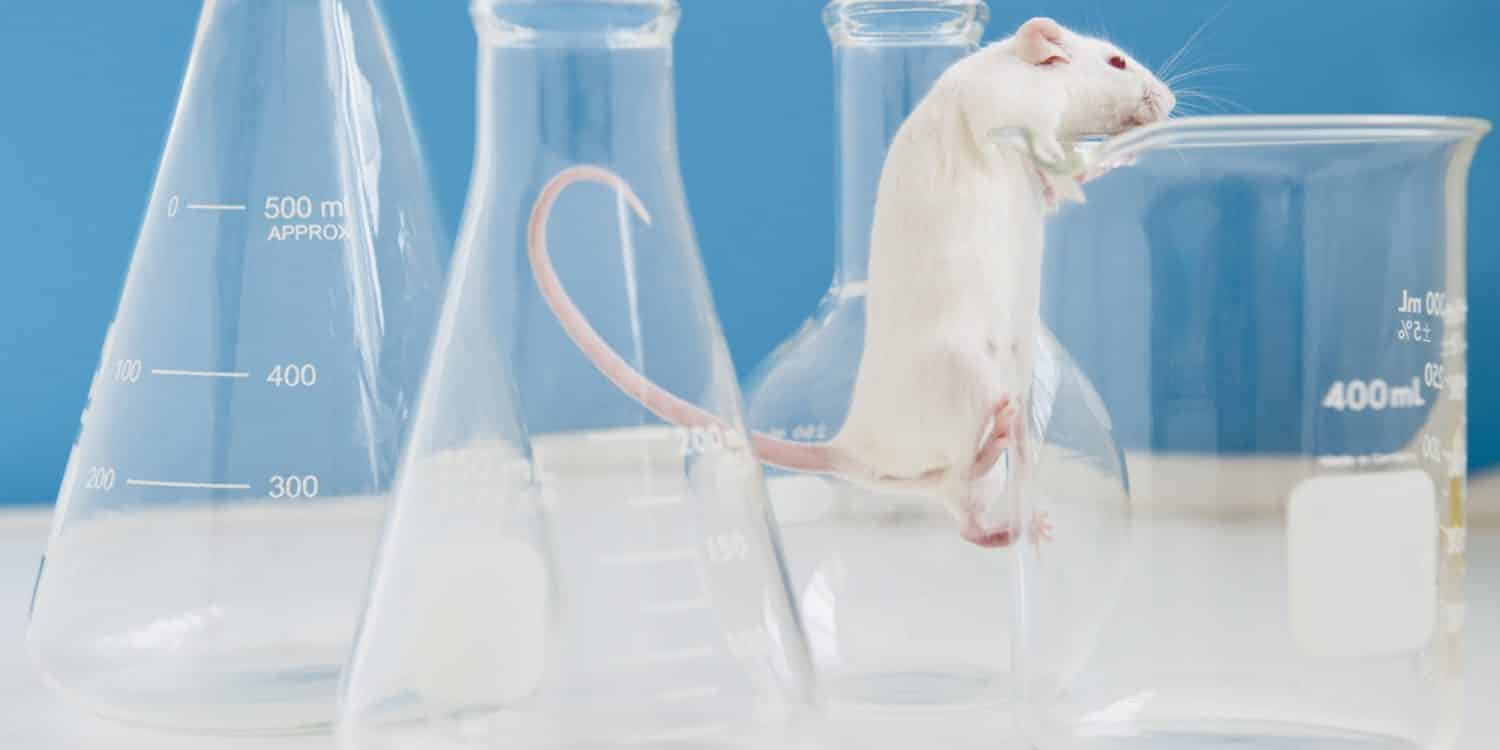Scientists Say Multiple Genetically Humanized Microenvironments Can Be In A Single Mouse
Immunodeficient mice can accept human cells/tissue for long-term study without rejecting them. This animal model system has opened a door to studying human stem and cancer cell biology in the context of a living system, informing basic knowledge of human biology as well as testing hypotheses on real human tissue for clinical translation.
For example, patient-derived cancer cells can be transplanted in mice to study a patient’s particular drug responses before a clinical trial. However, transplanting human cells into a mouse recipient may not be enough to assure relevant human function – emerging evidence indicates that absence of human-derived support cells and local factors negatively influences the growth and function of human stem and cancer cells in an immunodeficient mouse.
As part of a team of researchers from University of Massachusetts-Amherst and Massachusetts General Hospital-Boston (Dr. Biju Parekkadan), scientists have developed a new bioengineering strategy to improve humanized mouse models and the throughput of in vivo research using implantable biomaterials.
Unique human microenvironments were created in the same mouse that locally contained human stromal support cells overexpressing a specific human soluble factor by genetic engineering. The approach has
been described in Biomaterials Research.Previous approaches have expressed human cytokines and growth factors in a mouse by genetic engineering techniques, though these methods expose the entire mouse to the specific factor and can have off-target effects that confound interpretation of local tissue analysis.This paper describes a new method to achieve sustained release of desired human cytokines in a local and controllable fashion by integrating genetically engineered stromal cells into implantable biomaterials.
The team first created human SDF1, human VEGF and human TNFa secreting stromal cell lines. These engineered cell lines were seeded into 3D microfabricated hydrogel scaffolds that were implanted in the skin. The biomaterial induced a vascularized tissue compartment and promoted survival and function of engineered stromal cells.
The study showed control of local and systemic level of human cytokines was linked to the proliferation of the genetically engineered stromal cell. The model system was then applied for biological research studies using human hematopoietic stem cells.
In this proof-of-concept study, the team applied humanized implantable microenvironments to verify essential stem cell functions that were defined within each local environment in vivo. Tail-vein injected human CD34 hematopoietic cells were actively recruited to both human SDF1 and VEGF secreting microenvironments, capturing an important aspect of stem cell homing and engraftment.
In a separate set of experiments, microenvironments were pre-seeded with human hematopoietic stem cells prior to implant as a model system to study human stem cell differentiation. After three weeks of in vivo growth, cell-scaffolds were explanted and tested for hematopoietic stem and progenitor cell content.
Interestingly the study demonstrated skewed in vivo differentiation of human CD34 hematopoietic stem cells at each unique microenvironment in the same mouse that reflected the known effects of the specific factor on stem cell differentiation.
This bioengineering approach using genetically engineered cells and scaffolds is versatile and readily applicable to other human-molecules. The scientific team envision that advances in human tissue engineering applied to mouse models can enable more relevant microenvironmental analysis of human stem and cancer cells for clinical research and accelerate the rate of discovery.






























